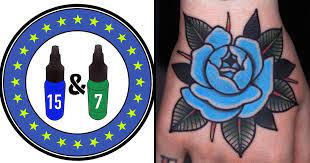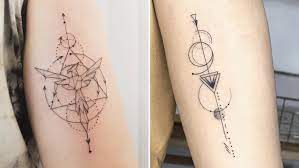
Tattoo pigment is comprised of a colorant suspended in a carrier solution. The latter allows for quick drying times, trouble-free application, and protection from pathogens.
Origins
Tattoo pigments come in various hues, some derived from natural sources and others artificial. They tend to be intensely colored compounds that reflect light in the visible range of the spectrum. Standard tattoo ink colors are usually made up of pigments derived from mineral or geological sources.
Ingredients
Tattoo pigment comprises multiple chemical substances, including colorants, additives, binders, and other chemicals. Tattoo inks contain over 200 colors and additives currently in use, many of which are derived from heavy metals and can potentially pose health concerns.
Techniques
Tattoo pigment is an adaptable material, ideal for creating different designs. It can be made through various techniques, including blending and layering, to achieve natural and beautiful results on the skin.
Health Concerns
Tattoo pigment contains potentially hazardous ingredients that can lead to skin irritation, infection, and cancer. Red azo dyes have been linked with liver cancer, while black ink contains carcinogenic polycyclic aromatic hydrocarbons. The European Union has implemented restrictions on hazardous chemicals found in tattoo ink to protect consumers and reduce allergic reactions and inflammatory skin responses.

